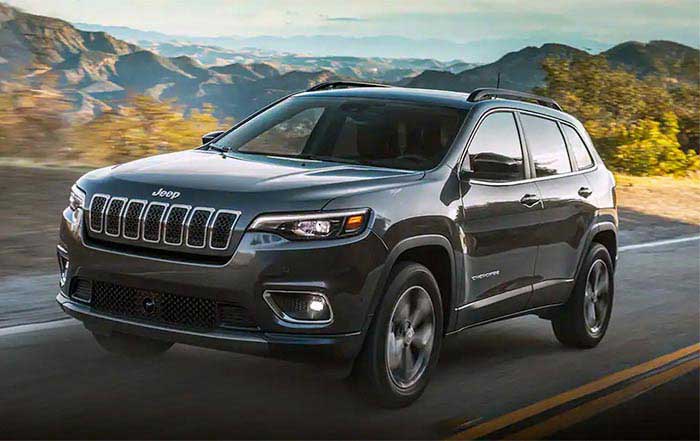The US auto industry has faced numerous challenges in recent years, from the COVID-19 pandemic to supply chain disruptions and shifting consumer preferences. However, as the industry continues to evolve, several trends and predictions offer a glimpse into its future prospects. One of the most significant developments in the US auto industry is the stabilization of new vehicle inventories. After a tumultuous period marked by lockdowns and supply chain disruptions, dealerships are finally seeing a return to pre-pandemic levels. This increase in inventory is expected to lead to more immediate delivery options for buyers, reducing wait times and potentially stabilizing prices. Despite this positive trend, car sales are projected to grow marginally in 2024, primarily due to higher interest rates and credit issues affecting many buyers. Manufacturers and dealers are likely to counter these challenges by offering compelling discounts and perks to attract customers.
Electric Vehicle (EV) Market
The focus on electric vehicles (EVs) has been a defining feature of the auto industry in recent years. While EV sales have not yet taken off as predicted in the US, they represent a promising future globally. Worldwide, EVs now account for one in every five cars sold, and demand is expected to surge over the next decade. In the US, however, only one in nine cars sold is an EV. Factors such as the availability of public charging stations, advancements in battery technology, and more competitive pricing are expected to drive growth in EV sales.
Toyota, one of the world's largest automakers, has chosen to focus on hybrid vehicles rather than diving headlong into EV manufacturing. This strategy has proven successful, with Toyota doubling its profits in the last nine months of 2023 and seeing a 20% increase in sales in the first two months of this year. The plug-in hybrid electric vehicle market is also robust, anticipated to be valued at nearly $36 billion this year. This diversification in vehicle types is a strategic move to cater to consumer preferences and maintain market share.
Marketing Strategies and Budgets
Automotive marketing budgets have been tight in recent years, but there are signs that spending on digital ads will increase by 11% in 2024. This uptick in advertising is crucial as manufacturers and dealers aim to justify their marketing expenditures. Accurate attribution of marketing campaigns is essential to ensure that spending is effective and aligns with business goals. The automotive industry must continually adapt to changing consumer behaviors and technological advancements to remain competitive.
US Auto Industry Trends and Predictions
Autonomous Vehicles
Autonomous vehicles (AVs) are poised to revolutionize the auto industry. Searches for “autonomous driving” have increased by over 1,029% over the past decade, indicating growing interest and investment in this technology. Currently, there are only 1,400 self-driving cars on the road in the US, but estimates suggest that there will be 33 million autonomous vehicles by 2040. Major automakers like Tesla, Alphabet, Ford, GM, and Volvo have entered the AV space, with Alphabet's Waymo operating in several major cities. Volkswagen has also invested heavily in AV startups, further solidifying the industry's commitment to this technology.
However, consumer and regulatory concerns remain significant barriers to widespread adoption. The National Transportation Safety Board (NTSB) has called for stricter regulation of Tesla’s Autopilot program, highlighting the need for careful oversight and standardization in the development of autonomous driving technologies.
Dealership Consolidation and Agency Models
The automotive dealer market has undergone significant changes since 2019, with more consolidation expected in 2024. Overseas purchasers are seeking value in the UK, while OEMs continue to rationalize their dealer networks. The implementation of the agency model, which shifts responsibilities from dealers to OEMs, has been delayed but is expected to strengthen over time. This transition brings challenges, including customer service and complaints processes, which will require careful management to ensure a smooth transition.
Economic and Regulatory Challenges
The US auto industry faces several economic and regulatory challenges. Higher interest rates have created credit issues for many buyers, leading to softer demand. Additionally, the Financial Conduct Authority (FCA) is investigating discretionary commission arrangements (DCAs) that may have disadvantaged customers. The FCA has indicated that approximately three quarters of all motor finance agreements between 2007 and 2020 included some form of DCA, suggesting potential large claims.
The Financial Conduct Authority (FCA) has also introduced the Consumer Duty, which came into force on July 31, 2023. This regulation aims to protect consumers by ensuring that financial services providers act in their best interests. The FCA has warned insurers that more action is needed to comply with these new standards, further emphasizing the importance of regulatory compliance in the automotive industry.
Future Outlook
Despite the challenges, the US auto industry is poised for growth and transformation. The stabilization of new vehicle inventories and the increasing availability of EVs are positive signs. The push towards autonomous vehicles and hybrid models indicates a commitment to innovation and sustainability. As the industry continues to evolve, it is crucial for manufacturers, dealers, and regulatory bodies to work together to address the economic and technological challenges ahead. In conclusion, the US auto industry is on a path towards recovery and innovation. While there are significant challenges to overcome, the trends and predictions suggest a promising future for the industry. As the world continues to shift towards more sustainable and technologically advanced vehicles, the US auto industry is well-positioned to lead this transformation.

